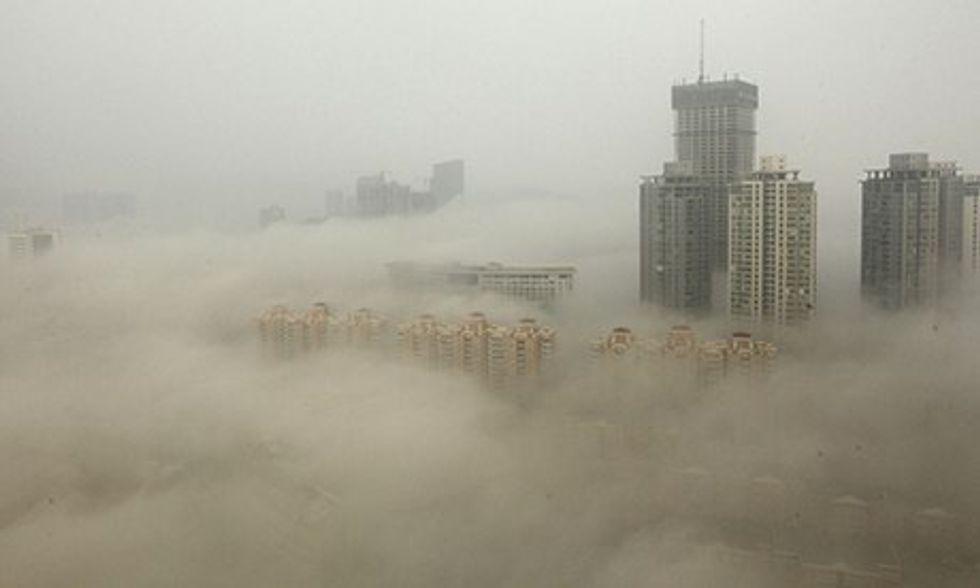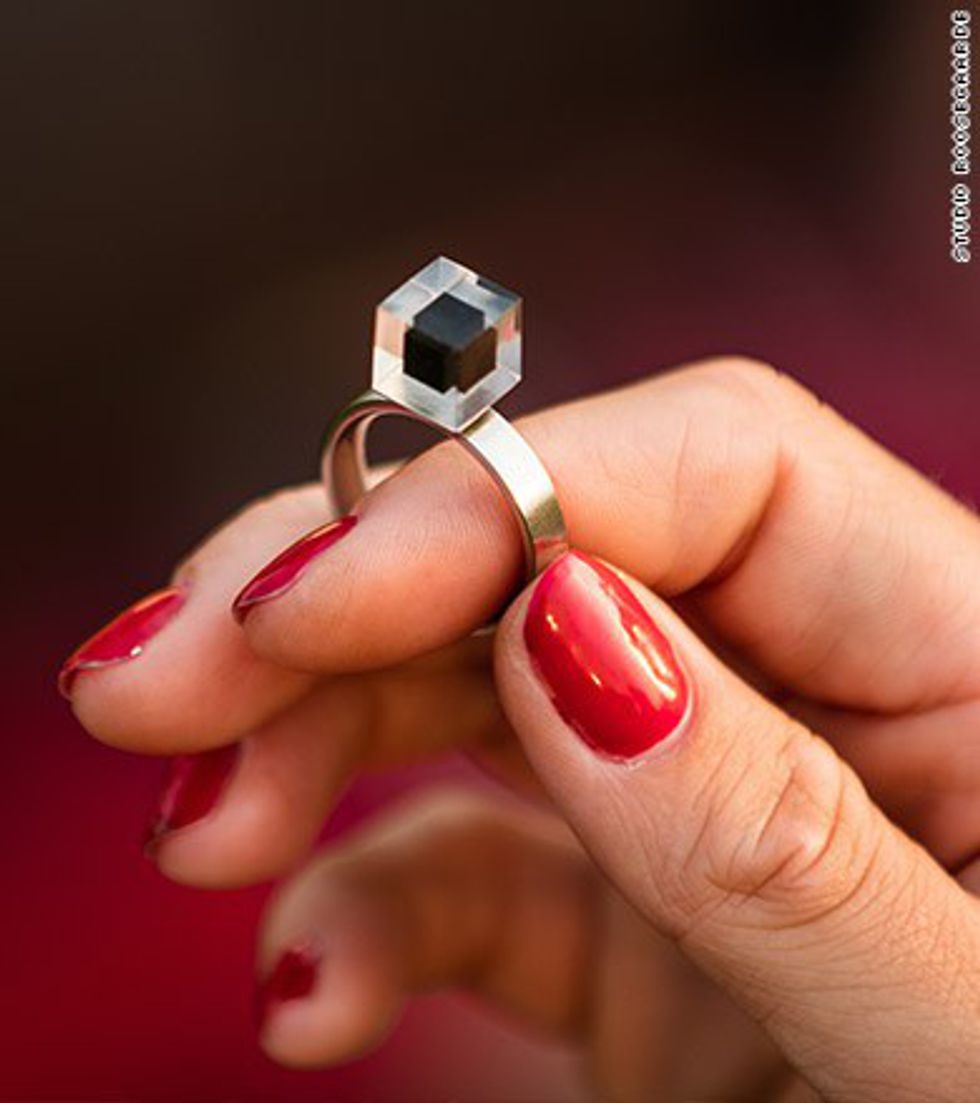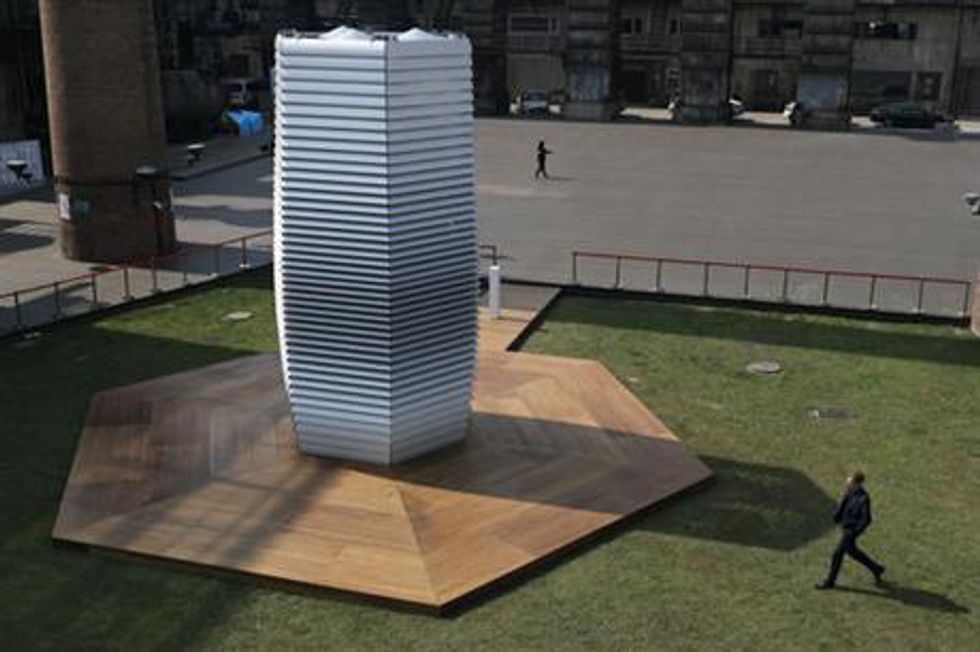Air pollution is a serious environmental problem, one of
many that arose as a byproduct of our modern way of life. Everything we do
nowadays contributes in some way to air pollution. Our cars produce carbon
emissions constantly, of course, but everything else pollutes the atmosphere too:
our refrigerators, our pets, our aerosol sprays, our air conditioners, our
factories, our electrical plants, everything contributes to air pollution. It
all adds up and snowballs into a major problem, especially in urbanized areas.
As anybody who has lived in or around a large city (which is
more than half of the world’s population as of a few years ago, by the way) can
tell you, smog is a serious issue. It hangs over large cities like a filthy
brown blanket, and when it gets too warm it descends upon the poor citizens,
choking them out and even occasionally suffocating them to death.

It’s an especially big problem in China, where air pollution
is a serious matter. Beijing is consistently one of the dirtiest cities on the
planet, which exceeds its national health standard by 1.3 times. The situation
is so bad, the city is planning to list its smog as a fully fledged meteorological
disaster.
China’s been casting about for a resolution to this problem
for a while now, and recently a Dutch artist named Daan Roosegaarde has stepped
up to the plate to provide an unusual, but eye-catching solution: a mobile
construct called the Smog Free Tower.
The Smog Free Tower sucks in the dirty air, and then
releases it back out after scrubbing it of tiny dust particles. These particles
are collected and eventually turned into tiny little jewels, making something
beautiful out of pollution.

“I hope the design I make will be part of a mentality change,” he told CNN. “I believe that creating a place where people can live, where they can feel the difference, smell the difference – that’s a very powerful motivator.”





















